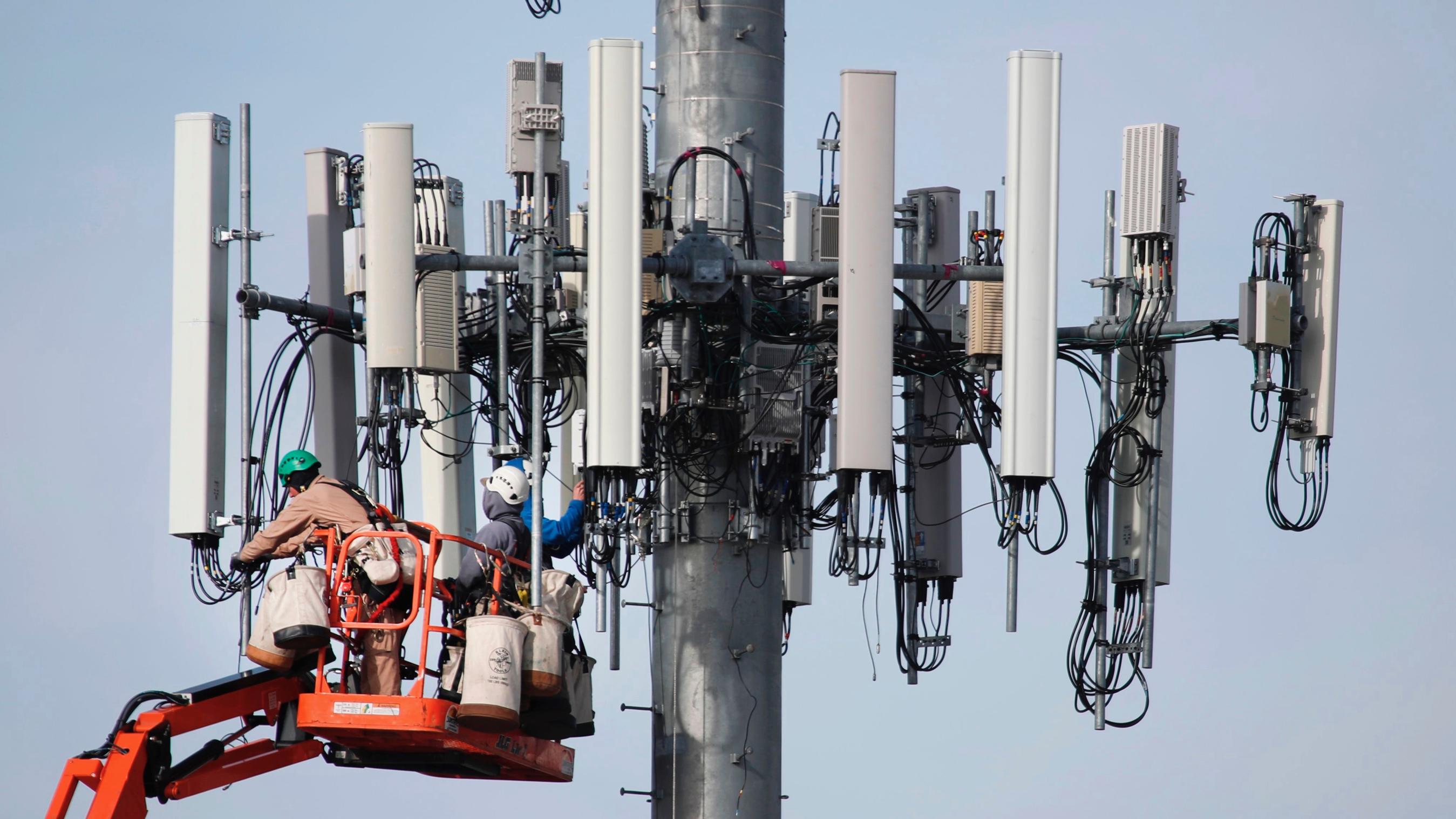Are usually safest distance from a 5G cell System?

If you've ever walked through a town you might have noticed tiny mini 5G cell towers on the poles of street lights. They appear like tiny boxes however they're actually sending wireless signals from cellular providers to your mobile.
They are replacing the larger specially-designed cell towers. Although they're not as visible but they can still cause problems for people.
A Federal Communications Commission's Radiation Exposure Thresholds
The FCC's Radiation Exposure Thresholds determine the safe distance that an individual can be exposed to electromagnetic radiation from wireless devices. The limits of exposure are based upon scientific research that show that RF energy could be harmful to human health.
The specific absorption rate (SAR) is an indication of the amount of radiofrequency energy absorbed by tissue. what is a safe distance from a cell tower is typically 1.6 watts per kilogram, calculated over one Gram of tissue.
But, since 5g operates at higher frequencies, it has the potential to cause greater energy intensity on the skin and other exposed body parts. what is a safe distance from a 5g cell tower could lead to many potential harms, including exacerbated appearance of skin disorders such as dermatitis, skin cancer and cataracts.

Because of the potentially severe effects of 5g radiation, PSU has chosen to set a general localized limits on power density, which is 4mW/cm2 averaged across 1 centimeter, but not exceeding 30 minutes for the entire 5G spectrum at 3000 GHz. This localized limit is in accordance with the maximum SAR spatial-average of 1.6 W/kg, averaged over one grams of tissues at six GHz.
The FCC's Maximum Exposure Thresholds for Maximum Exposure
If you've ever used a cell phone, then you've probably realized that a safe location from the tower is at least 400 meters. This is because the power of the transmission of the cell tower is significantly increased the further away you are from it.
While this sounds like an ideal idea but the truth is that those living close to towers could be more prone to health issues. For example, a study from 2014 in India found that residents who lived within 50 meters of cell towers had significantly more health complaints than those living further away from the antennas.
This study revealed that those who relocated into areas farther away from cell towers noticed their symptoms return to normal within a couple of days. Other studies have demonstrated that exposure to extreme amounts of electromagnetic field radiofrequency (EMFs) could cause brain tumors, cancer as well as other health issues.
This is due to the fact that RF radiation, which is utilized in wireless communications, can be absorbed by the body's outer layer, the skin. This is vital to be aware of because the skin acts as a barrier to protect against mechanical injury, infection caused by pathogenic microorganisms and infiltration of toxic substances. safe distance from cell tower is the largest organ of the human body, and is responsible for keeping the integrity of other organs.
The FCC's Minimum Exposure Thresholds for the Minimum Exposure
The FCC's Minimum Exposition Thresholds are based upon various assumptions that aren't supported by scientific evidence. This includes the false belief that short-term exposures RF radiation is safe due to the limited radiation penetration in the human body (i.e., tissue heating).
This also overlooks the deeper penetration of the ELF components of modulated RF signals and the consequences of short bursts of heat from pulsed RF waves. These theories are not compatible with the current understanding of biological effects of RF radiation. Therefore, they should not be used for health protective exposure guidelines.
Additionally there is the fact that both ICNIRP and FCC restrict their maximum exposure limits to local peak SARs, based on the maximum spatial specific absorption rate (psSAR), which can be described as not a sufficient dosimetric tool for determining the level of exposure to RF radiation. Particularly, psSAR is inaccurate when frequencies exceed 6 GHz. In addition, psSAR is not been evaluated for RF radiation with co-exposure to other environmental agents such like sunlight. In the event of interactions, RF radiation and other agents in the environment could cause synergistic or antagonistic results. This would result in an increased risk of adverse health adverse effects. For example, co-exposure to RF radiation along with exposure to sunlight can cause an increase in the incidence of developing skin cancer, as well as aggravate other skin conditions like acne.
